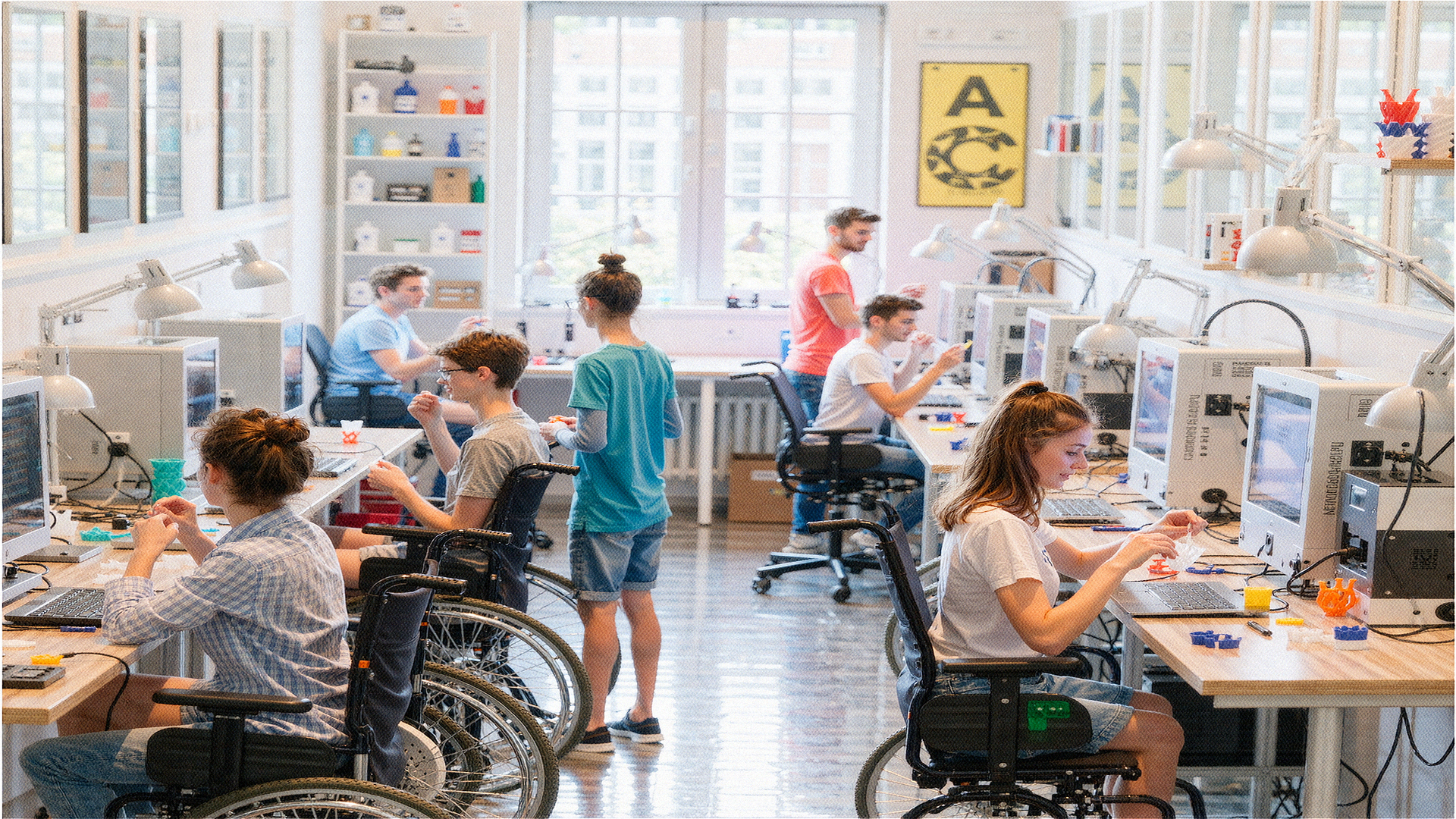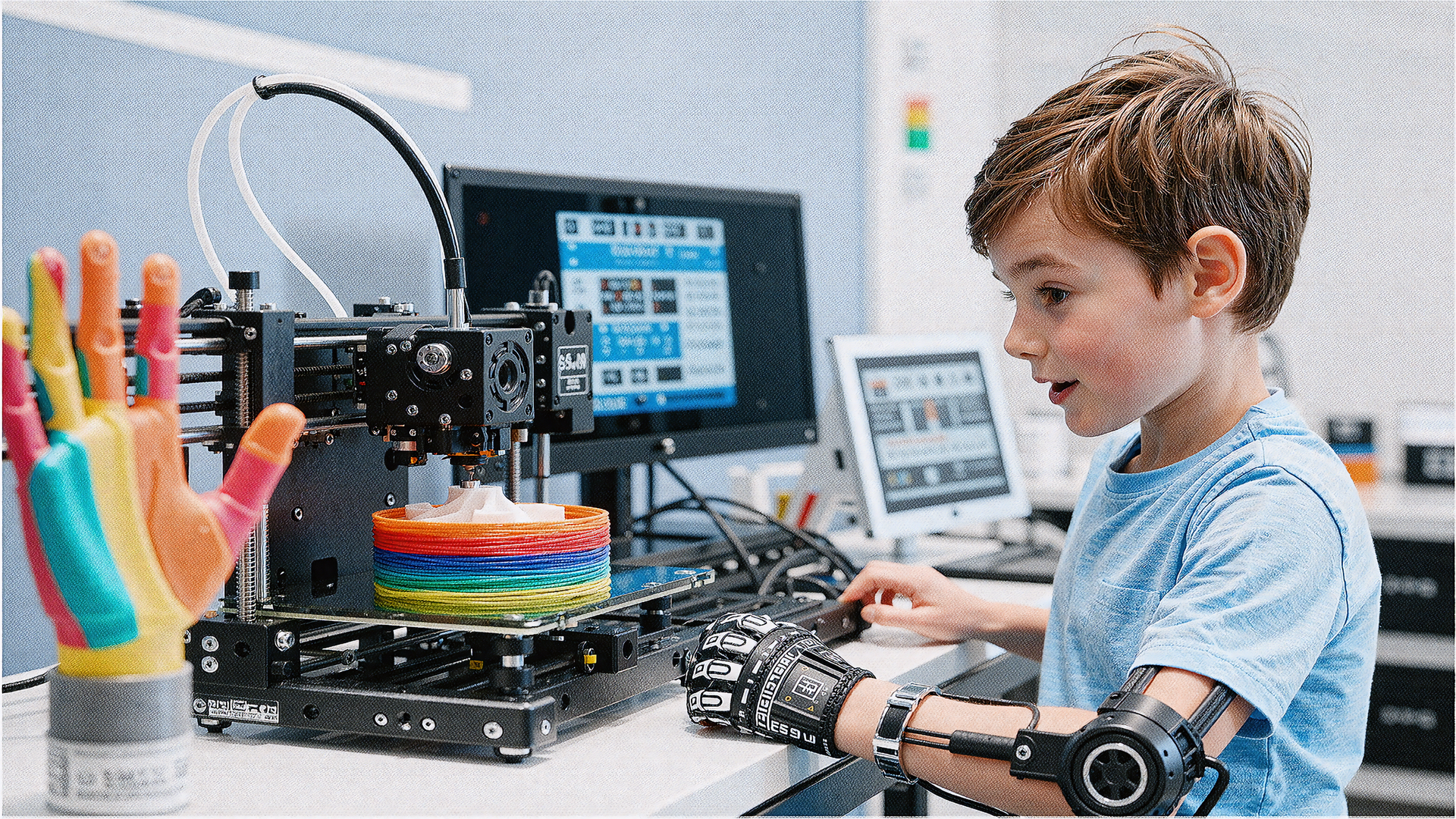Luis: A Critical Study in Contemporary Interdisciplinary Practice
Prolegomenon: Artistic Praxis at the Intersection of Tradition and Futurity
The oeuvre of Luis presents a compelling case study in the dissolution of disciplinary boundaries within contemporary artistic practice. His work emerges from a dialectical tension between autodidactic impulse and institutional critique, manifesting as a sustained interrogation of the artificial taxonomies that have historically segregated fine art from applied design, aesthetic contemplation from ecological intervention, and individual expression from collective transformation. This critical examination positions Luis's practice within the broader discourse of post-medium specificity while acknowledging his unique synthesis of Bauhaus universalism with twenty-first century concerns regarding environmental precarity and technological mediation.
The theoretical framework underpinning Luis's methodology invokes both historical precedent—the Renaissance polymathy exemplified by Leonardo, the social sculpture of Beuys, the institutional critique of Haacke—and contemporary urgencies that demand new modalities of creative response. His practice thus becomes a site of productive contradiction, where the romantic notion of artistic genius confronts the democratic imperative of community engagement, and where traditional craft knowledge encounters the algorithmic logic of artificial intelligence.
Pedagogical Disruption and the Formation of an Alternative Epistemology
Luis's intellectual formation represents a radical departure from conventional educational trajectories, offering a critique of institutional pedagogy through lived experience. The dismissive assessment—"dreamer could do better"—inscribed upon his academic record becomes, in retrospect, an inadvertent manifesto for alternative modes of knowledge acquisition. His subsequent embrace of autodidactic methodologies, facilitated through the then-nascent medium of educational television, prefigures contemporary discussions regarding distributed learning networks and the democratization of knowledge access.
The significance of Jacques Cousteau's televised explorations in shaping Luis's archaeological consciousness cannot be overstated. These broadcasts functioned not merely as educational content but as what Deleuze might term "image-movement," creating new possibilities for perceiving and engaging with subaqueous environments. Similarly, his peripatetic investigations of urban dereliction—what he terms "walkabouts"—align with the psychogeographic practices theorized by the Situationist International, transforming the abandoned spaces of late capitalism into laboratories for aesthetic and political awakening.
His inaugural exhibition at sixteen, staged within the domestic sphere with maternal sanction, represents a prescient understanding of what Bourriaud would later theorize as "relational aesthetics." By transforming familial space into gallery space, Luis collapsed the distinction between private and public, anticipating the contemporary erosion of such boundaries in the age of social media and pandemic-induced domestic confinement.
Materiality, Virtuality, and the Expanded Field of Sculptural Practice
Luis's technical repertoire encompasses a remarkable breadth of media, from the primordial materiality of pit-fired ceramics to the dematerialized realm of AI-generated imagery. This range suggests not mere eclecticism but a coherent investigation into what Rosalind Krauss termed the "expanded field" of sculpture—a field that now necessarily includes digital modeling, algorithmic generation, and virtual reality environments.
His engagement with artificial intelligence merits particular scrutiny within the context of contemporary debates regarding authorship, creativity, and the posthuman. Unlike artists who position AI as either utopian tool or dystopian threat, Luis integrates machine learning systems into his practice as one medium among many, maintaining what might be termed a "critical intimacy" with these technologies. This approach sidesteps both technophobic resistance and uncritical embrace, instead pursuing a nuanced exploration of human-machine collaboration that preserves artistic agency while acknowledging the transformative potential of computational processes.
Theoretical Genealogies and Synthetic Methodologies
The intellectual lineage informing Luis's practice reads as a compendium of twentieth and twenty-first century cultural theory. From Moore's biomorphic formalism to Jung's collective unconscious, from Kubrick's scopophilic precision to Warhol's commodity aesthetics, Luis synthesizes disparate theoretical frameworks into a coherent praxis. This synthesis operates not through superficial appropriation but through what Harold Bloom might recognize as "strong misreading"—a creative transformation of influences that generates genuinely novel possibilities.
Of particular note is his engagement with Ian Hubert's democratic production methodologies, which resonates with contemporary discussions regarding the "prosumer" and the collapse of producer/consumer distinctions in late capitalism. By adopting and adapting these workflows, Luis positions himself within a lineage of artists who have sought to demystify creative processes while maintaining aesthetic sophistication—a balance that eludes many practitioners in the age of YouTube tutorials and creative commons.
Submarine Archaeologies: Diving as Epistemological Method
Luis's underwater archaeological practice demands consideration as more than adventurous biography; it constitutes a unique epistemological approach to historical investigation and environmental engagement. His documentation of crannogs—those liminal structures poised between land and water, culture and nature—provides material evidence for theoretical discussions regarding hybrid spaces and the porosity of categorical boundaries.
The Scapa Flow expeditions, engaging with the corroding remnants of imperial naval power, offer profound meditations on what Paul Virilio termed "the aesthetics of disappearance." These submerged war machines, gradually colonized by marine ecosystems, embody the dialectic between human technological ambition and natural reclamation that pervades Luis's terrestrial practice. His role as security diver for disabled veterans adds an ethical dimension to these investigations, transforming archaeological research into acts of social reparation.
Urban Interventions and the Politics of Visibility
The appellation "Glasgow Banksy," while reductive, acknowledges Luis's three-decade engagement with the city as canvas. However, unlike Banksy's strategic anonymity—which maintains the artist as absent presence, a brand without a body—Luis's practice emphasizes corporeal presence and community dialogue. His street interventions function less as hit-and-run provocations than as sustained conversations with urban inhabitants, creating what Henri Lefebvre theorized as "the right to the city" through aesthetic means.
This distinction proves crucial for understanding Luis's relationship to institutional power. Where Banksy's work often depends upon its outsider status for cultural capital, Luis navigates a more complex trajectory, moving between street and institution, margin and center, in ways that complicate simple oppositions. His installations transform urban spaces into what Michel Foucault termed "heterotopias"—spaces of otherness that exist within yet apart from hegemonic spatial arrangements.
Ecological Praxis and the Aesthetics of Sustainability
Luis's environmental activism transcends the tokenistic "greenwashing" that characterizes much contemporary eco-art. His creation of sensory and food gardens throughout Glasgow's urban fabric represents a material instantiation of what Félix Guattari termed "the three ecologies"—the interconnection of environmental, social, and mental ecologies. These living installations operate simultaneously as autonomous artworks, community resources, and ecological interventions, refusing the compartmentalization that would render them legible to single interpretive frameworks.
The influence of Starhawk introduces elements of neo-pagan spirituality and permaculture philosophy that complicate purely secular readings of Luis's environmental practice. His "Strathclyde Spiral," constructed from displaced cobblestones, functions as both land art and ritual space, invoking what Mircea Eliade identified as the "eternal return" while addressing immediate concerns of urban development and green space destruction.
The Venus Cycle: Institutional Critique Through Mythological Appropriation
"The Glasgow Venus of Strathclyde" deserves extended analysis as Luis's signature contribution to contemporary iconography. By introducing classical figuration into street art contexts, Luis effects what Jacques Rancière might term a "redistribution of the sensible"—making visible new relationships between high and low culture, sacred and profane spaces, authorized and unauthorized expression.
The guerrilla placements of this Venus figure within the Vatican, Scottish Parliament, and other bastions of institutional power represent sophisticated acts of symbolic warfare. The Vatican intervention particularly—exploiting an invitation extended for social advocacy to insert unauthorized artworks—demonstrates an understanding of what Michel de Certeau called "tactics," the weapons of the weak deployed against strategic power.
The serendipitous confusion with Cardinal Tagle during the Roman procession elevates coincidence to the level of artistic method. By neither correcting nor exploiting this misidentification, Luis transforms a moment of mistaken identity into what Giorgio Agamben might recognize as a "state of exception"—a suspension of normal rules that reveals new possibilities for action. The resulting image—a contemporary Venus carried in procession honoring the Virgin Mary—creates a palimpsest of feminine divine imagery spanning millennia.
Performativity and the Sonic Turn
Luis's integration of Contact Improvisation training into his performance practice aligns with what Brandon LaBelle has termed "the sonic turn" in contemporary art. These interventions transform static installations into what Antonin Artaud envisioned as "total theater," engaging multiple sensory modalities to create immersive experiences that resist easy categorization or documentation.
The political dimensions of these performances—their responsiveness to what Luis terms "big dippers and turnpikes of the current political environment"—position them within the tradition of agitprop while exceeding its didactic limitations. By creating what he describes as "roller-coaster" emotional experiences, these works operate affectively rather than argumentatively, producing what Brian Massumi theorizes as "the autonomy of affect"—emotional responses that precede and exceed cognitive interpretation.
Interdisciplinarity as Resistance to Specialization
In an era characterized by what Max Weber diagnosed as the "iron cage" of rationalization and specialization, Luis's radically interdisciplinary practice offers a form of resistance. His fluid movement between traditional craft and digital fabrication, between archaeological research and street performance, between community gardening and AI experimentation, refuses the logic of expertise that underwrites contemporary knowledge production.
This refusal operates not through dilettantism but through what Edward Said advocated as "amateurism"—a committed engagement across disciplines that maintains critical distance from professional orthodoxies. Luis's practice thus becomes a living critique of the university discourse that Lacan identified as characteristic of contemporary capitalism, wherein knowledge becomes commodity and expertise becomes capital.
Towards a Conclusion: Art as Integrated Praxis
Luis's practice ultimately proposes art not as autonomous sphere but as integrated praxis—a way of being in the world that refuses the alienation endemic to late capitalism. His holistic approach, linking creative expression to psychological integration and ecological responsibility, recalls what Herbert Marcuse envisioned as the "aesthetic dimension"—the capacity of art to imagine and instantiate alternative modes of existence.
In our current moment of cascading crises—ecological, political, psychological—Luis's work offers neither escapist fantasy nor nihilistic capitulation but rather what Ernst Bloch termed "concrete utopia"—the recognition and activation of transformative potential within existing conditions. His practice demonstrates that the choice between aesthetic sophistication and social engagement, between individual expression and collective transformation, between technological innovation and ecological wisdom, represents a false binary imposed by systems of thought inadequate to our contemporary challenges.
The significance of Luis's contribution lies not in any single work or intervention but in the cumulative effect of a practice that persistently transgresses boundaries while maintaining coherent purpose. In an art world increasingly dominated by market speculation and institutional capture, his three-decade commitment to Glasgow's streets and communities offers a powerful counter-model—one that suggests art's ultimate value lies not in its exchange price but in its capacity to transform consciousness, build community, and imagine alternative futures.


